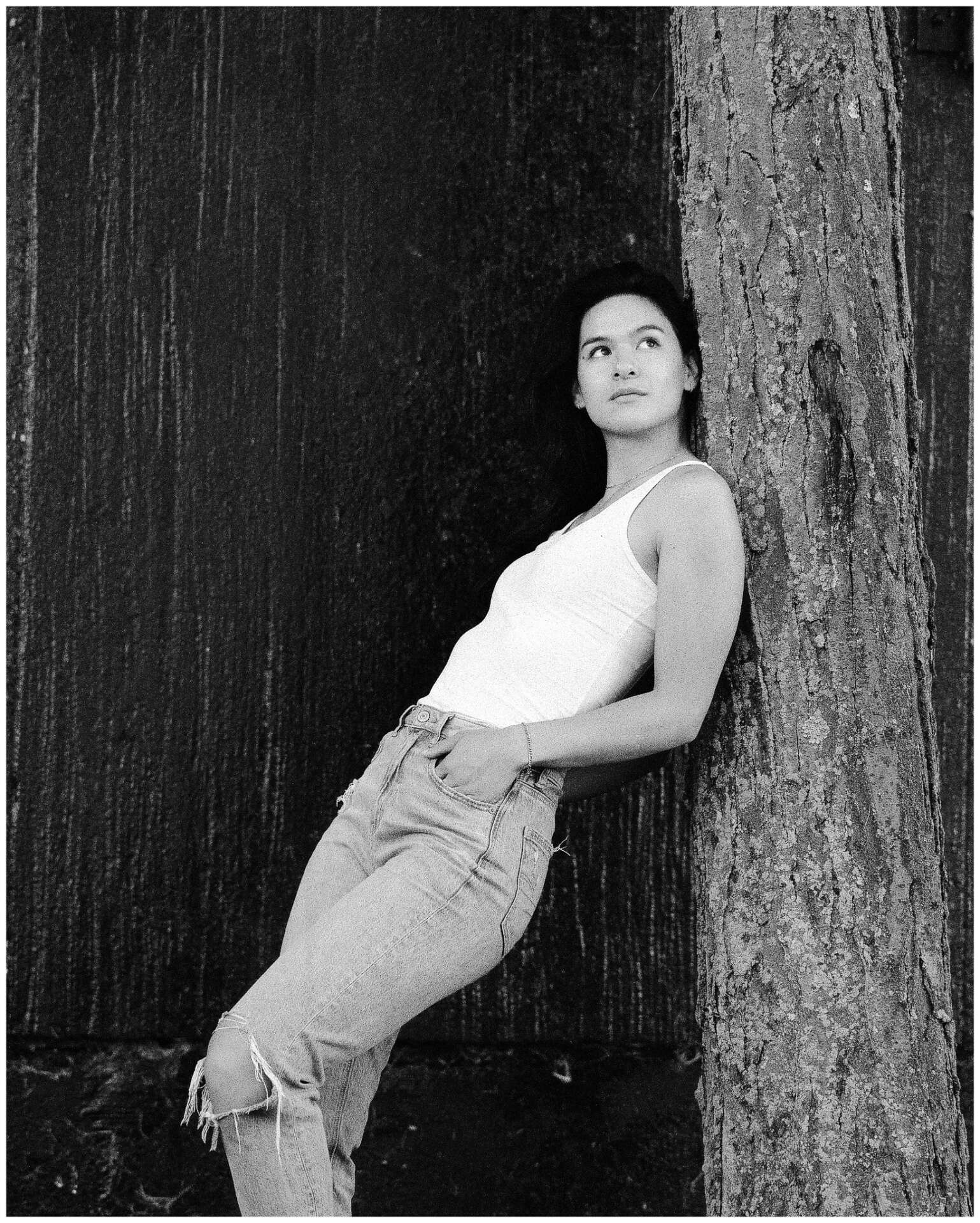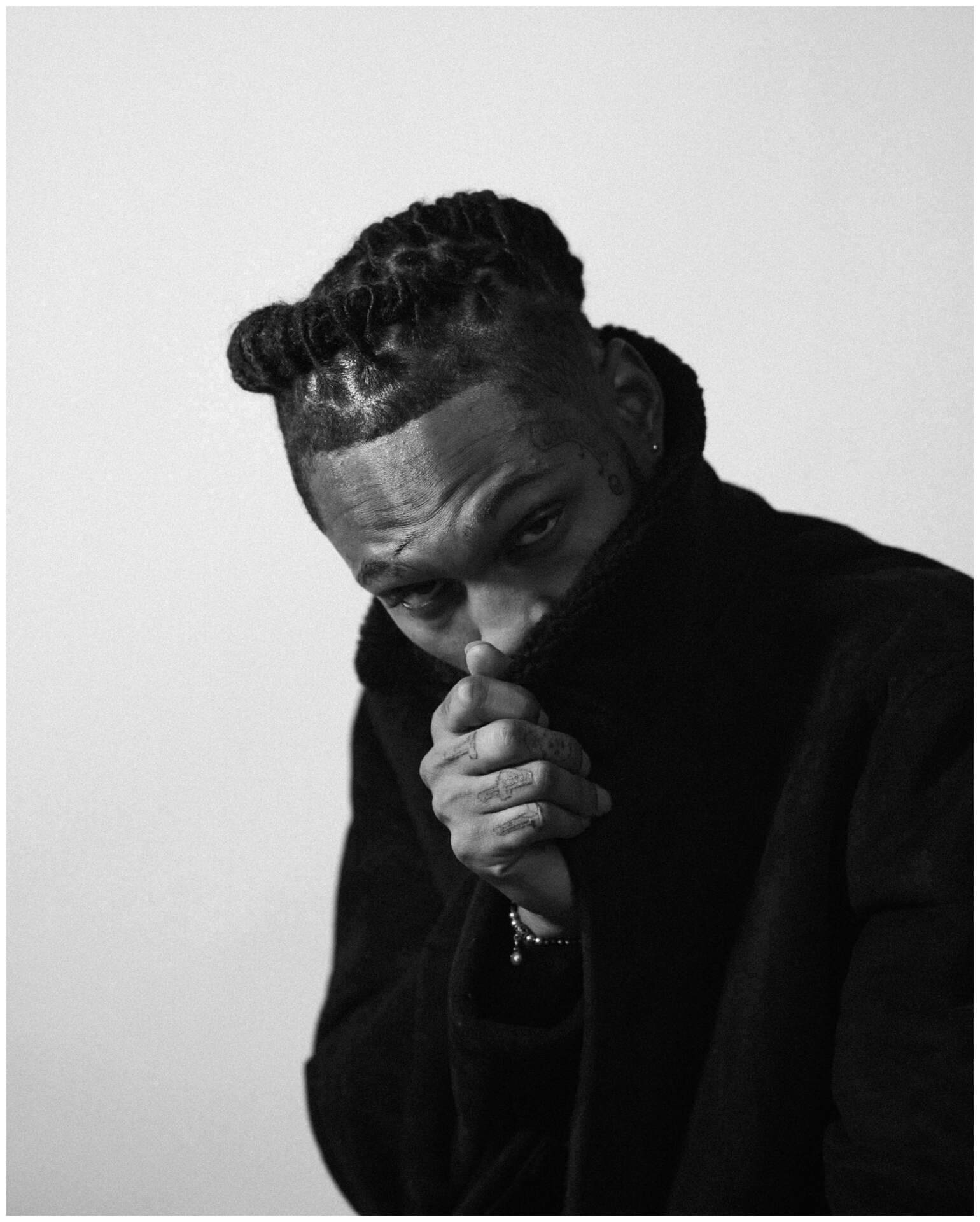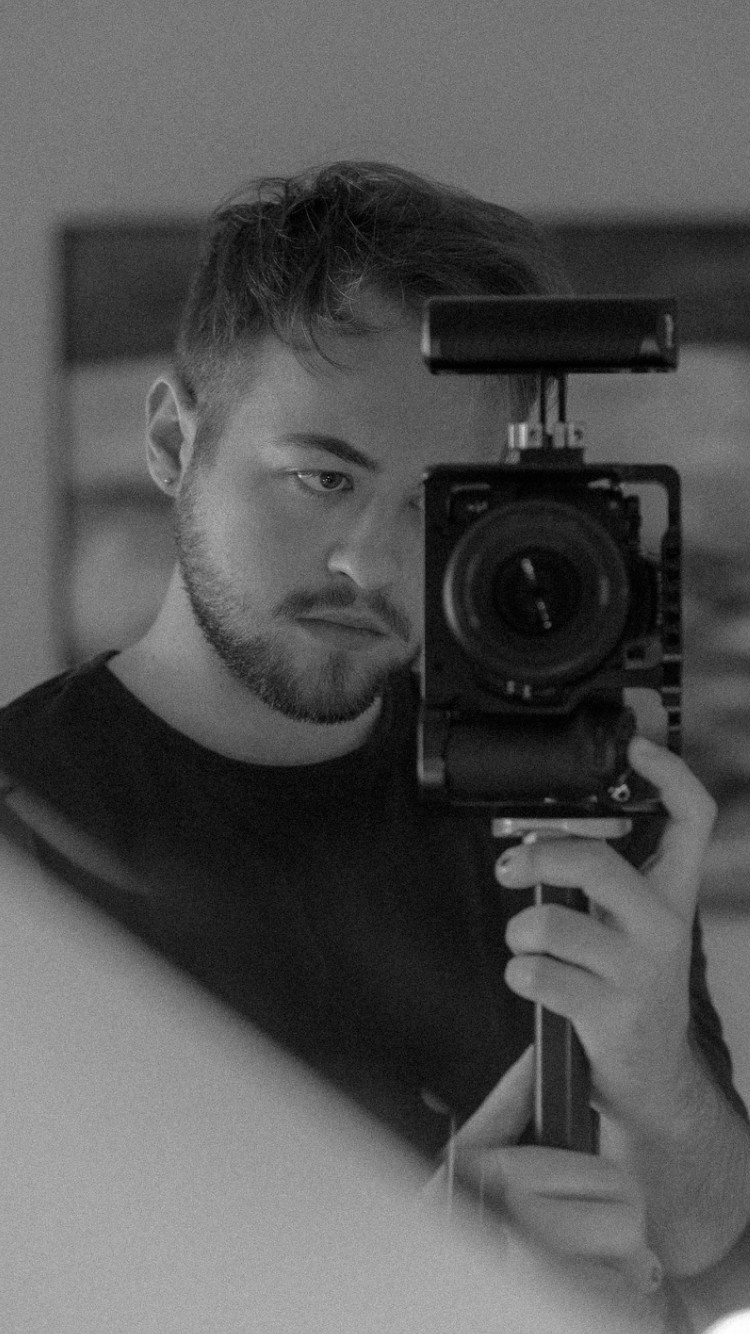We’re excited to introduce you to the always interesting and insightful Nicholson Feldman. We hope you’ll enjoy our conversation with Nicholson below.
Hi Nicholson, thanks for joining us today. Can you talk to us about how you learned to do what you do?
Although I have a formal education in Filmmaking and Photography from Georgia State University, I mainly picked up what I know from a mixture of learning from my grandfather before he passed, as well as videos online. I picked up using a camera pretty easily, but some aspects still confuse me, like adjusting to the shifted parallel plane of a TLR or WLVF. That may never change for me, but we’re hoping for the best. Learning the rules of lighting and angles of composure are important, but when you’re developing your skills as a photographer, it is much more important to become comfortable behind the camera. For example, learning to talk to and direct models might be the make it or break it for your work, no matter how well you calculate your exposures. The obstacle that has always stood in my way is the same as other analog photographers I know: GAS. Gear Acquisition Syndrome. The constant internal struggle and feeling of need for another camera, another lens, another light. It can quickly become an addiction if you do not commit to using a piece for an extended period of time before moving to the next.


Nicholson, before we move on to more of these sorts of questions, can you take some time to bring our readers up to speed on you and what you do?
I fell into the art of photography after loosing my passion for cinema. Working with a close group is great, but for somebody who likes to own their art and be responsible for the majority of it leads me more towards stills than motions. I offer mainly analog portraiture and documentary, but sometimes I branch out and use digital and will shoot real estate. I really help people express themselves in a way that other photographers typically stray away from. My style is gritty, dark, and raw. I expose internal struggle and anxieties and confront them through the lens.
What’s a lesson you had to unlearn and what’s the backstory?
I learned early on the form of clean and natural art, and stuck with it for quite a while. Though this is a good starting point, my work lacked emotion and feeling. Empty photos sailing into an abyss of glorified social media. I realized that as an artist, I looked up to raw and gritty photographers like Peter Lindbergh and David Burnett, and even Robert Capa. I unlearned the standard clean methods that were nailed into me, and went down a path of putting more feeling and personality into my work.


What’s the most rewarding aspect of being a creative in your experience?
For me, it’s seeing a client enjoy the product I deliver. When I sit down to edit, I usually ask the model to sit with me. Help me choose the base photos where you like the specific nuances of posing and gesture, and I can take care of the rest. This helps ensure delivery of a perfect end product. When two people work together as photographer and model, the model will always judge themselves harder than anybody else, so sit with me and pick the best photos to you, and they will turn out better than if I was alone. When our arts merge, that is when I have a piece that will sit on top of my portfolio for a while to come.
Contact Info:
- Website: www.nimufephoto.com
- Instagram: www.instagram.com/nicholsonfeldman
- Other: IMDB: https://www.imdb.com/name/nm10603292/ Vogue: https://www.vogue.com/photovogue/photographers/316447


